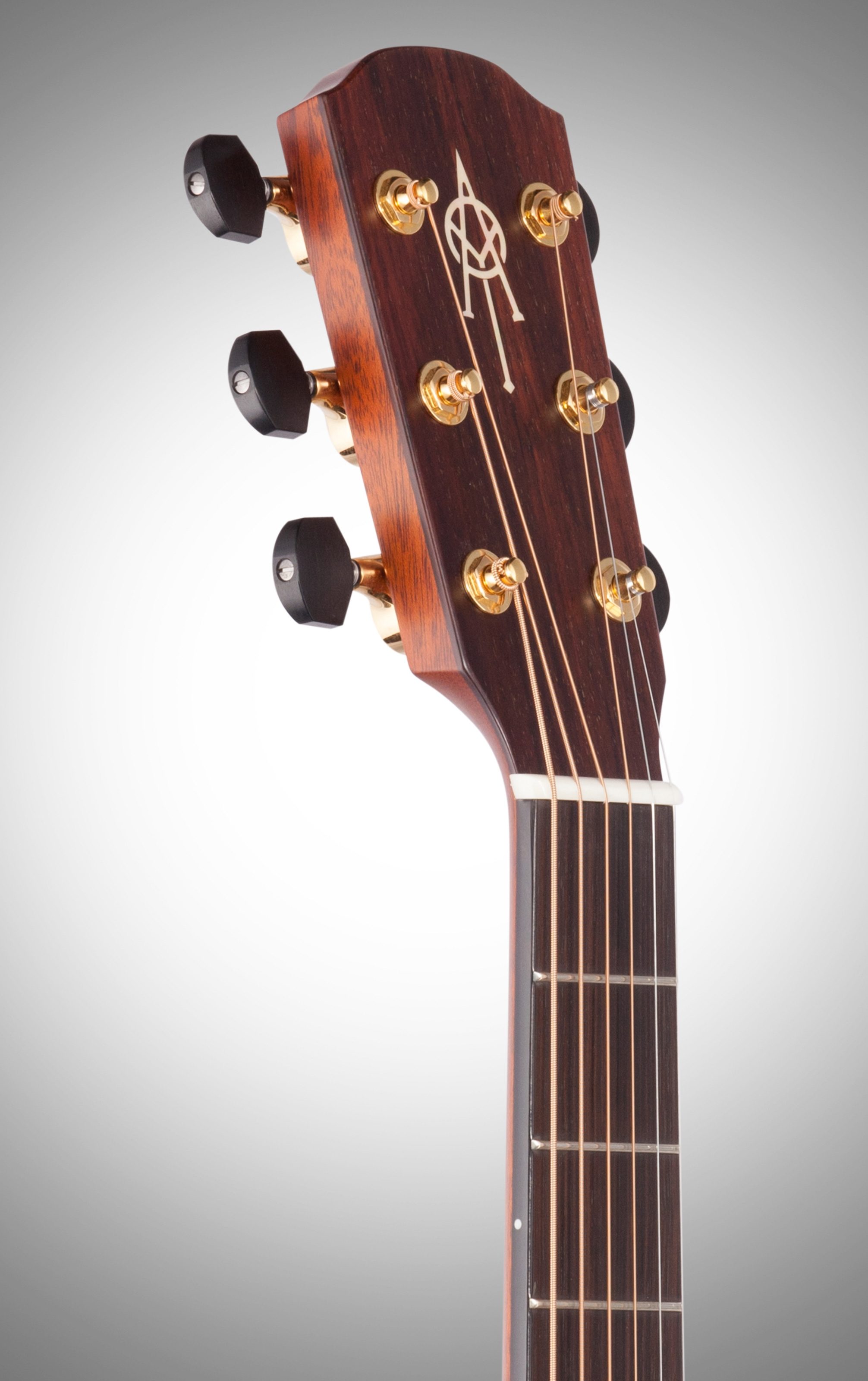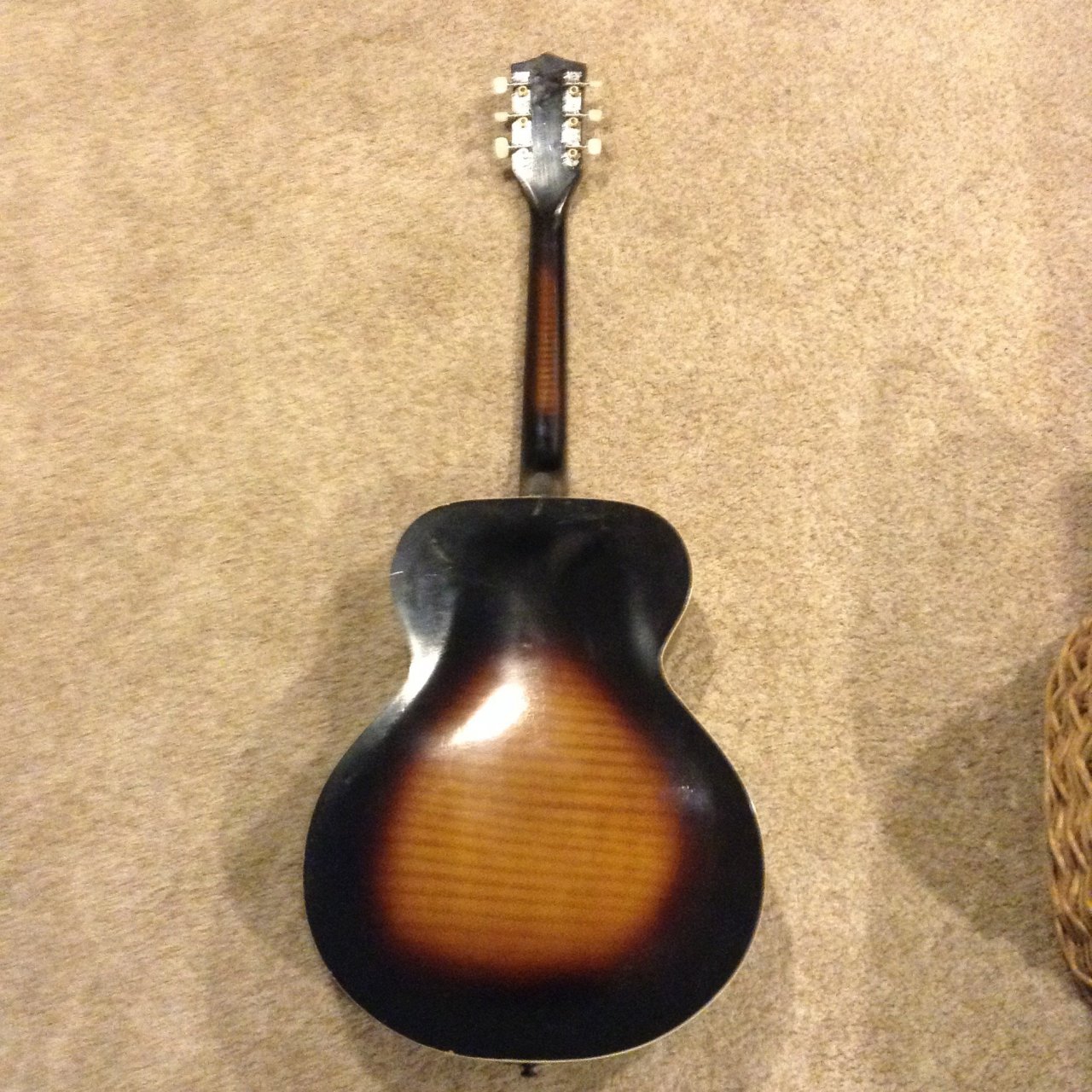
So find the first number on the chart that is higher than the serial number on your bass - your bass was made the year before that. Example 1: if your Kay Bass serial number is 25521, your bass was made in 1951. Example 2: if your Engelhardt Bass serial number is 88000, your bass was made in 2005. The serial numbers have been placed on or in the guitar in different places over the years. At the top of the neck plate, on the front or at the back of the headstock or on the cover plate of the vibrato (Stratocasters), or at the end of the heel of the neck. Between 1973 and 1981 there were periods when this did not happen consistently. Kay Musical Instrument Company was a US musical instrument manufacturer of the United States, in operation from 1890. Kay was established in 1931 in Chicago, Illinois, by Henry 'Kay' Kuhrmeyer, from the assets of the former Stromberg-Voisinet (founded as 'Groeschel Mandolin Company' in 1890). The number inside your guitar is actually a serial/production number, which doesn’t really help us in either dating or identifying the guitar. Since Kay focused on building a lot of instruments, most of their guitars were of the budget and intermediate grade—the familiar quality versus quantity axiom. The first two numerical digits of the serial number (found on the back of the headstock) will tell you what year the instrument was made. For example, for serial number 0236758, the '02' indicates that the guitar was made in 2002; for serial number W10052743, the '10' indicates that the guitar was made in 2010.
 more... Trash or Treasure • Gear • Gear Blog • Gear History • Kay • Guitars • Hollowbody • Semi-Hollowbody • June 2014
more... Trash or Treasure • Gear • Gear Blog • Gear History • Kay • Guitars • Hollowbody • Semi-Hollowbody • June 2014
It’s amazing that the MSRP for these Style Leader archtops was only $39.95 in the late ’60s.
Hey Zach,
I have someone interested in purchasing this guitar, and I can’t find anything out about it. As you can see, it has damage to the neck and a few cracks around the f-holes. The number I can see inside through an f-hole is “L 5573.” Could you please tell me what I have and what it’s worth?
Thanks,
Joseph in Richmond, Kentucky
Hey Joseph,
Cool guitar! Well, we know right away that this is a Kay guitar from the metal plate on the headstock. Along with Harmony and Washburn, Kay was one of the mass producers of guitars between the 1930s and 1960s in the Chicago area. These large instrument manufacturers were also known as “jobbers” and “house brands” because they produced guitars for many other retailers and distributors.
Kay can trace its roots back to 1890 when the Groeschel Company in Chicago, Illinois, began producing bowl-back mandolins. In 1918, Groeschel changed to the Stromberg-Voisenet Company and became known for laminating wood tops and backs on instruments.
Caption here

Henry Kay Kuhrmeyer bought the Stromberg-Voisenet Company in 1928 and made a splash by introducing some of the first electric guitars and amps. Three years after purchasing the company, Kuhrmeyer renamed it Kay Musical Instruments and began mass-producing a variety of stringed instruments. By the mid-1930s, Kay was producing nearly 100,000 instruments a year!
Since Kay focused on building a lot of instruments, most of their guitars were of the budget and intermediate grade—the familiar quality versus quantity axiom. All Kay guitar model names consisted of a “K” prefix that was followed by a three or four digit number and a nickname. (The K161 Thin Twin and K8980 Upbeat are a couple of examples.) Unfortunately, this number was rarely, if ever, stamped anywhere on the guitar. The number inside your guitar is actually a serial/production number, which doesn’t really help us in either dating or identifying the guitar.
So, this leaves referencing old Kay catalogs, price lists, and Kay books to determine what you have. I found your guitar in a 1960 Kay catalog, and the model appears to be a K6868 Style Leader. According to catalog specifications, it has a laminated “crack-proof”maple body that’s fully arched and super-auditorium sized, a slim steel-reinforced neck with a maple fretboard, and a honey blonde finish with “attractive graining.” (Kay also made a sunburst-finished companion model called the K6858.) Your guitar appears to be missing the brown celluloid pickguard these models were outfitted with. The Style Leaders remained in Kay’s catalogs until the late 1960s and had a final MSRP of just $39.95!
Kay thrived through the booming guitar years of the 1960s and was sold to Valco in 1967. However, financial instability became prevalent and Valco/Kay went out of business in 1968. The rights to the Kay name were auctioned off and import guitars bearing the Kay name (made mainly by Kawai in Japan) began appearing in the U.S. Since then, Kay has been sold several times, but is still active and currently offers a line of intermediate-priced guitars.
The metal headstock plate certainly tells us it’s a Kay, but the company rarely indicated the model name or production date anywhere on their instruments. The unfortunate neck damage shown here brings the value of this guitar down to the lower end of the range for Style Leaders.
Kay Acoustic Guitar Value
Aside from a few electric archtops like the Barney Kessel and Upbeat models, most Kay guitars remain relatively low in value and undesirable to collectors. These Style Leader archtops are typically worth between $200 and $400 today in excellent condition. Because of the damaged neck and cracks on the body (I guess it isn’t so “crack-proof”), I would estimate it to be toward the bottom of that value range.
So there you have it: Very few Kay guitars from this era are treasures in terms of monetary value, especially when it comes to the acoustic models. However, they certainly bring many of us back to our younger years since these were the guitars many of us learned to play on. That is a treasure unto itself and could very well be the reason someone wants to buy this guitar from you. Although a serial number is useful for roughly determining the age of a guitar, this is often not the exact date. As a result of the overlap between years, Fender serial numbers are also not by definition chronological.
In the past (before 1976) the serial numbers were often randomly assigned. To approximate the correct year of construction for the period before 1976, also look at the date on the heel of the neck and of the potmeters. Usually the production date is stamped or written on the heel of the neck. To approximate the correct year of construction for the period before 1976, also look at the date on the heel of the neck and of the potmeters. To read this it is necessary to unscrew the neck from the body.
Kay Guitar Serial Number Lookup
Most specifications for a particular Fender guitar have hardly changed, if at all. Although there have been times when major changes have taken place, such as the acquisition of Fender by CBS, and the transition from CBS Fender to the current owner (Fender Musical Instruments Corporation), most models have generally not changed.
At Stratocasters from the early fifties, the serial numbers were stamped on the back of the vibrato cover plate. On some Telecasters at the bridge between the pick-up and the saddles.

| Patent numbers Various patent numbers were added to the models between 1960 and 1977. These were stamped in the headstock under the Fender logo. | Example: PAT, 2,573,254 2,968,204 3,143,028 2,976,755 DES 187304 2,573,254 for pickup and bridge combination. 2,968,204 for the single coil pickup patent awarded in 1961 under other for Jaguar, Stratocaster, Duosonic. 3,143,028 the patent granted in August 1964 for Fender's adjustable neck construction. 2,976,755 for the split coil pickup design. (Used since 1957 to the Precision Bass) The DES is the serial number. |